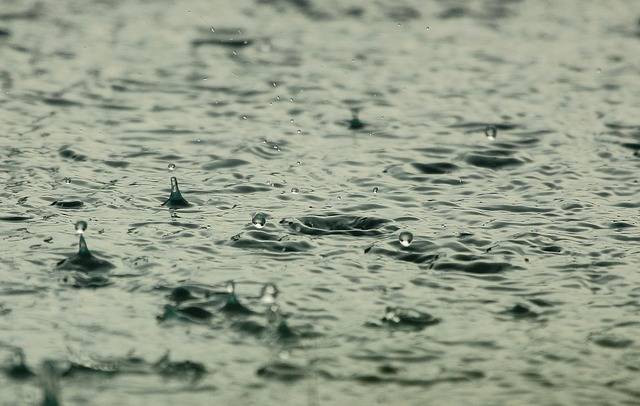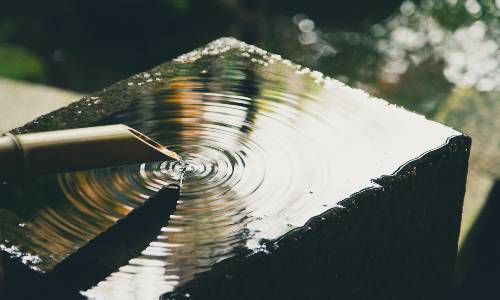What is Groundwater Recharge? – Meaning, Types, Factors and Importance
Compiled by Stanley Udegbunam || Nov 26, 2020
Before talking about groundwater recharge, Let’s have a quick overview of what the term “groundwater” really means.
Groundwater is water present beneath Earth’s surface in soil pore spaces, underground bedrocks and in the fractures of rock formations.
It’s different from surface water which is basically water that exists on earth’s surfaces like streams and rivers.
Let’s proceed..
AFRILCATE
WHAT IS GROUNDWATER RECHARGE?
Groundwater recharge is the process where surface water or precipitations infiltrates the soil and percolates downwards to the water table.
Groundwater Recharge is the primary method through which water enters underground resources like the aquifer.
TYPES OF GROUNDWATER RECHARGE
Groundwater recharge occurs in two forms:
- Natural Groundwater recharge
- Artificial Groundwater recharge
1. Natural Groundwater Recharge
Groundwater is recharged naturally through:
- precipitation ie. rainfall and snowmelt and
- to a smaller extent by surface water like rivers and lakes.
The water is able to move underground through the rock and soil due to connected pore spaces.
This downward movement of water through different soil layers is called percolation.
Some types of soils allow more water to infiltrate than others depending on the soil’s permeability.
During natural recharge, water is first pulled into the zone of aeration; where a mixture of water and air fills the pore space.
Then the water further travels downwards to the zone of saturation – where the pore spaces are completely filled by water.
The upper boundary of the zone of saturation is known as the water table.
Aquifers are the underground layers of rocks that hold the groundwater and they are found in the saturation zone.

Groundwater is recharged naturally through the infiltration of rain water on the soil surface.
Groundwater can move as slow as a meter per year.
This means it can take several thousands of years for underground aquifers to become replenished.
2. Artificial Groundwater Recharge
In areas where groundwater is utilized faster than its natural replenishing rate, man-made recharge method becomes a necessary option for balancing the water levels.
Artificial recharge is the process of increasing the amount of water that enters an aquifer through planned, human-controlled means.
Groundwater can be artificially recharged by redirecting water across the land surface through canals, infiltration basins, or ponds; adding irrigation furrows or sprinkler systems; or simply injecting water directly into the subsurface through injection wells.

Recharge Basins for Artificial Groundwater Recharge – A Central Avra Valley Storage and Recovery Project (CAVSARP)
FACTORS AFFECTING GROUNDWATER RECHARGE
Groundwater recharge depends on several factors such as:
- Porosity and Permeability of the soil
- infiltration capacity
- Precipitation rate
- climate changes.
- Type of vegetative cover

Irrigation also affects groundwater recharge because leached irrigation water seeps down through soil openings.
If farmland irrigation decreases due to reduced availability of surface water then, groundwater recharge via leached irrigation water reduces also.
Climate change is likely to have a strong impact on coastal saltwater intrusion as well as on salinization of groundwater.
IMPORTANCE OF GROUNDWATER RECHARGE
Groundwater is the largest source of freshwater for mankind and approximately 30% of the freshwater on Earth is groundwater. In some rural areas, groundwater accounts for 100% of the resident’s drinking water.
It is also an integral part of the water cycle. The importance of groundwater recharge cannot be over-emphasized.
For sustainable groundwater management, groundwater recharge is required to balance environmental water levels and also maintain flow into rivers, lakes and wetlands.
Shortage of groundwater in an area will lead to depletion of aquifers and dryness of wells. Its adverse effects will be felt both on the inhabitants and the environment.
According to wiki, artificial groundwater recharge is becoming increasingly important in India, where over-pumping of groundwater by farmers has led to underground resources becoming depleted.
Less groundwater recharge leads to a drop in the groundwater table, which can have a negative impact on vegetation.

DO YOU KNOW?
Soil Porosity and Permeability are two different terms.
Porosity refers to the amount of empty pore spaces within a given material.
While permeability is a measure of the ease with which a fluid can move through porous rock.
DO YOU KNOW?
Soil Porosity and Permeability are two different terms.
Porosity refers to the amount of empty pore spaces within a given material.
While permeability is a measure of the ease with which a fluid can move through porous rock.


Hello, thank you for explaining this important phenomenon to help educate and inform.
I am currently researching the viability of mountaintop fog catching (Cloud Fischer) as a means of injecting water directly into the soil.
My hope is that in addition to the benefits of increased soil moisture and natural vegetation health, this water will eventually help sustain groundwater.
Hello Lance – where are you considering the installation of a fog catcher? We are going to install an experimental fog catcher in the SF Bay area in California.